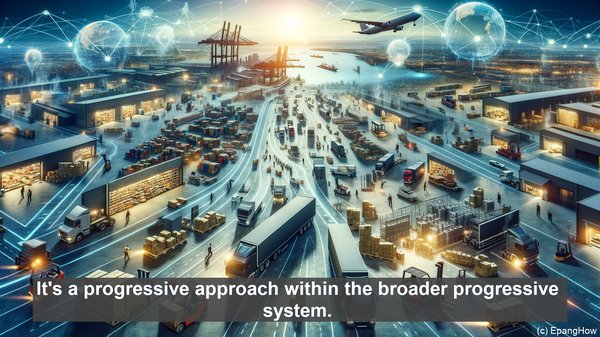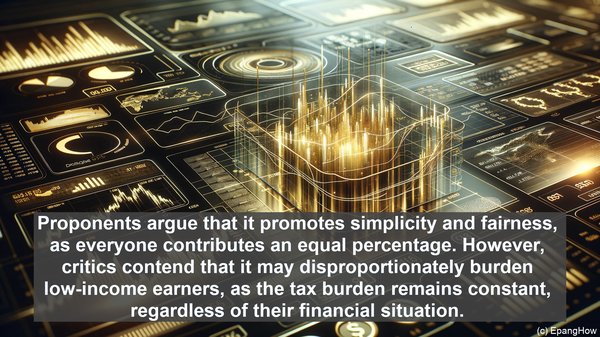Introduction: The Role of Taxation
Hello everyone! Taxation is a fundamental aspect of any society, enabling governments to finance public services and infrastructure. But have you ever wondered how tax systems are structured? Today, we’ll explore the differences between two prominent models: the flat tax and the tiered tax system.
The Flat Tax: A Simple Approach
Let’s start with the flat tax. As the name suggests, this system applies a uniform tax rate to all individuals, regardless of their income. Proponents argue that it promotes simplicity and fairness, as everyone contributes an equal percentage. However, critics contend that it may disproportionately burden low-income earners, as the tax burden remains constant, regardless of their financial situation.
The Tiered Tax System: A Graduated Approach
Now, let’s turn our attention to the tiered tax system, also known as a progressive tax. Under this model, tax rates increase as income rises. The idea is that those who earn more can afford to contribute a higher proportion. This approach aims to achieve a greater degree of income redistribution and address wealth inequality. However, opponents argue that it can discourage productivity and investment, as higher earners face a higher tax burden.

The Nuances: Marginal Tax Rates
When discussing tiered tax systems, it’s crucial to understand the concept of marginal tax rates. These rates apply to specific income brackets. For example, the first bracket may have a lower rate, while subsequent brackets have higher rates. This means that even if you fall into a higher tax bracket, only the income within that bracket is taxed at the higher rate, not your entire income. It’s a progressive approach within the broader progressive system.
Economic Implications: Incentives and Behavior
Tax systems can influence economic behavior. For instance, a flat tax, with its simplicity and lower rates, may incentivize work and investment. On the other hand, a tiered tax system, while aiming for fairness, can create disincentives for higher earners, potentially impacting economic growth. Striking the right balance is a constant challenge for policymakers.

Public Opinion and Policy Debates
The choice between a flat tax and a tiered tax system often sparks intense debates. Public opinion varies, with some advocating for a more equitable distribution of tax burdens, while others prioritize simplicity and minimal government intervention. These discussions shape tax policies, which can differ significantly across countries and jurisdictions.
